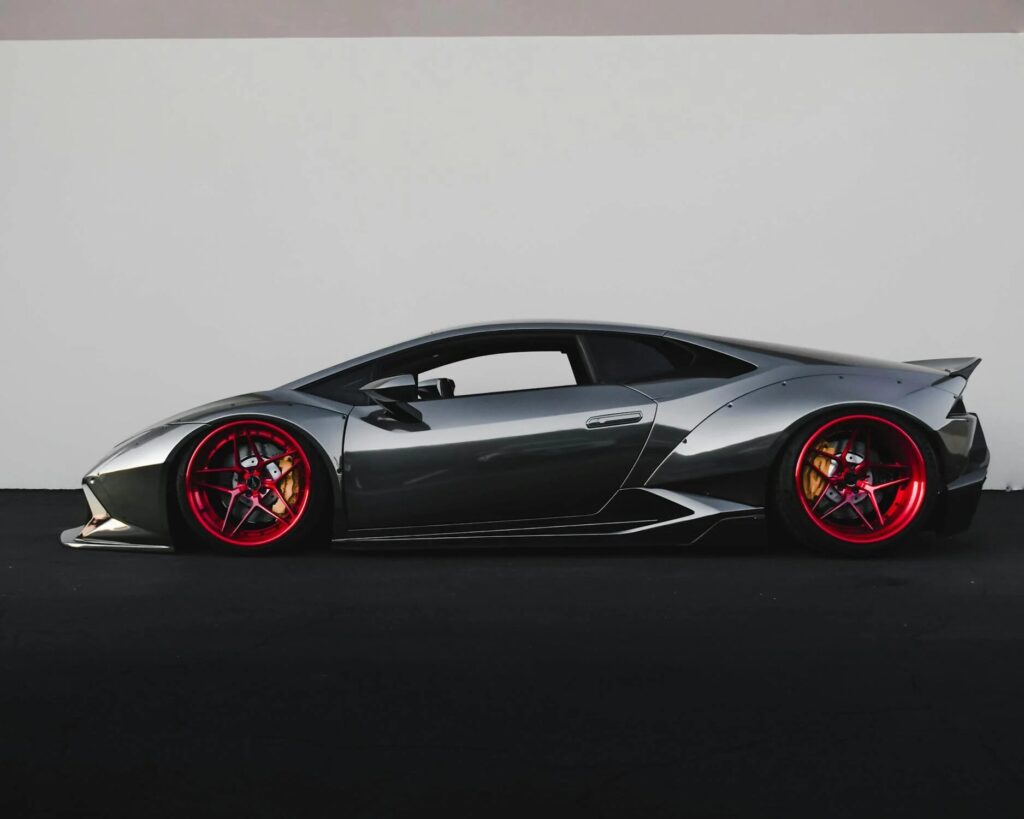China Ends the EV “Wild West”: Inside the New Government Rules Reshaping the Auto Industry

The era of relentless, chaotic price wars in China’s electric vehicle market is officially coming to an end. On July 18th, China’s key ministries, including the MIIT and NDRC, held a joint meeting and announced a robust set of new regulations aimed at “standardizing the competitive order” of the NEV industry.
The plan includes specific actions targeting everything from price monitoring and quality control to supplier payment terms and online disinformation. This isn’t just a policy update; it’s a major industrial overhaul designed to shift the focus from quantity-driven expansion to quality-focused, sustainable growth.
Let’s dive into what these new rules mean and how they will fundamentally change the world’s largest EV market.
The “Why” Behind the Crackdown
This move is a direct response to the government’s assessment that “low-level redundant construction”—too many non-competitive players creating inefficiency—had become a major problem, a key concern outlined in national economic strategies. The message is clear: the era of growth at any cost is over.
The “What”: Four Pillars of the New Regulatory Framework
The new regulations target four core areas:
- 1. Price Supervision (Ending the Price War):
The government will establish a national price disclosure platform and, most importantly, crack down on “below-cost dumping.” This will effectively end the strategy of selling cars at a loss to gain market share, a move that will hit cash-strapped smaller companies hard. - 2. Quality Control (Enforcing Safety & Reliability):
Actions include stricter supervision of product consistency, swift defect investigations, and more frequent “surprise” battery safety inspections. Crucially, China is also looking to benchmark Germany’s rigorous KBA certification system, potentially introducing mandatory vehicle durability testing and redundancy assessments for autonomous driving systems. - 3. Supply Chain Health (Protecting Suppliers):
The rules aim to shorten the payment terms from automakers to their suppliers. This protects smaller component manufacturers from the cash-flow pressure exerted by large car companies. - 4. Online Ecosystem Cleanup (Fighting Disinformation):
A special task force will target “black PR” and “online water armies”—organized online smear campaigns and fake engagement—to foster a healthier, more transparent market environment.

The Impact: Short-Term Pain, Long-Term Health
What will be the market fallout?
- Short-Term Risk: Industry Consolidation: Smaller EV makers lacking technology and capital will face immense pressure, likely leading to a wave of M&As or bankruptcies. The “sorting of gems from stones” has begun.
- Long-Term Opportunity: Market Reshapes Around Top Players: But on the other side of the coin, this is good news for established leaders like BYD, Nio, and Xpeng. With irrational competition curtailed, they can compete on technology and quality. Analysts predict the market share of the top 5 players (CR5) will exceed 65% by Q4 2025.
Conclusion: The End of an Era, The Start of a New Game
China’s new regulatory framework is a strategic move to mature its EV industry into a globally competitive powerhouse. For all players in the Chinese market, including global brands like Tesla and Volkswagen, adaptation is not optional. The “Wild West” days are over; the era of the professionals has begun.
My AI Jazz Project: